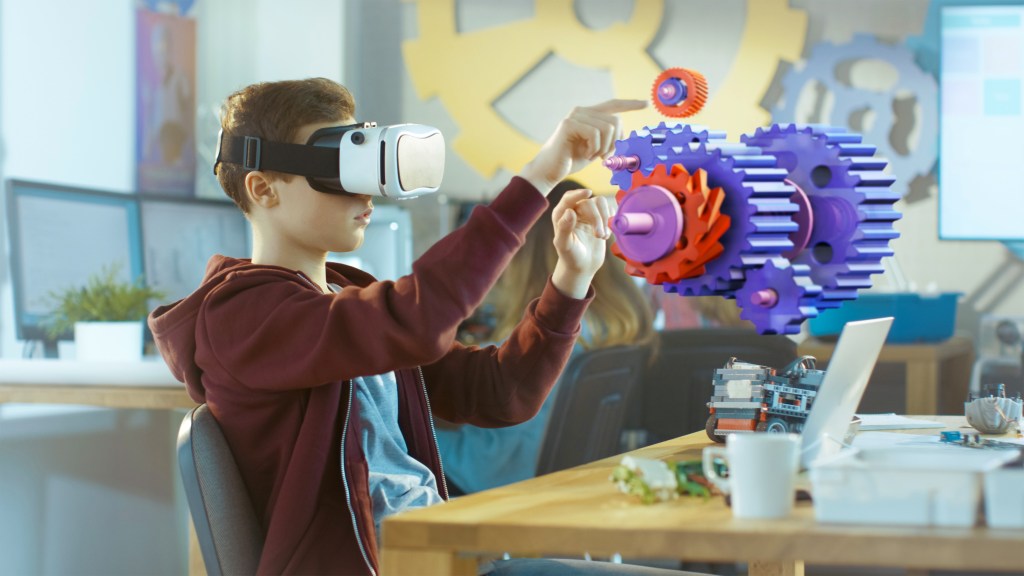“We’ll be able to feel present – like we’re right there with people no matter how far apart we actually are”. With these words, Facebook’s founder Mark Zuckerberg announced the company rebranding as Meta, sketching his futuristic plan to build the “metaverse”, a place where physical and virtual worlds collide through the power of extended reality.
Futuristic as it may sound, the term metaverse was coined already back in 1992 by science-fiction writer Neal Stephenson in his novel ‘Snow Crash’. The book narrates the story of Hiro, a hacker and pizza delivery driver who spends a great deal of his time in a computer-generated universe, which he accesses by wearing goggles and earphones.
This is emblematic of how human interactions could radically mutate over the next decade. Immersive technologies are in fact already transforming our everyday life, from how we socialise to how we choose our clothes and home furniture. The power of these emerging technologies raises questions for the future of education. How will virtual reality (VR) transform learning spaces and infrastructure? What kinds of implications could this have for diversity and personalised learning? What about education quality and equity? The OECD report Trends Shaping Education 2022 takes a closer look at these issues. By analysing the key megatrends affecting society today, the report aims to investigate how different societal phenomena are transforming education, with special attention paid to digital technologies. More specifically, it asks how these technologies might alter the way we communicate and experience reality – and, most importantly, how education could adapt.


